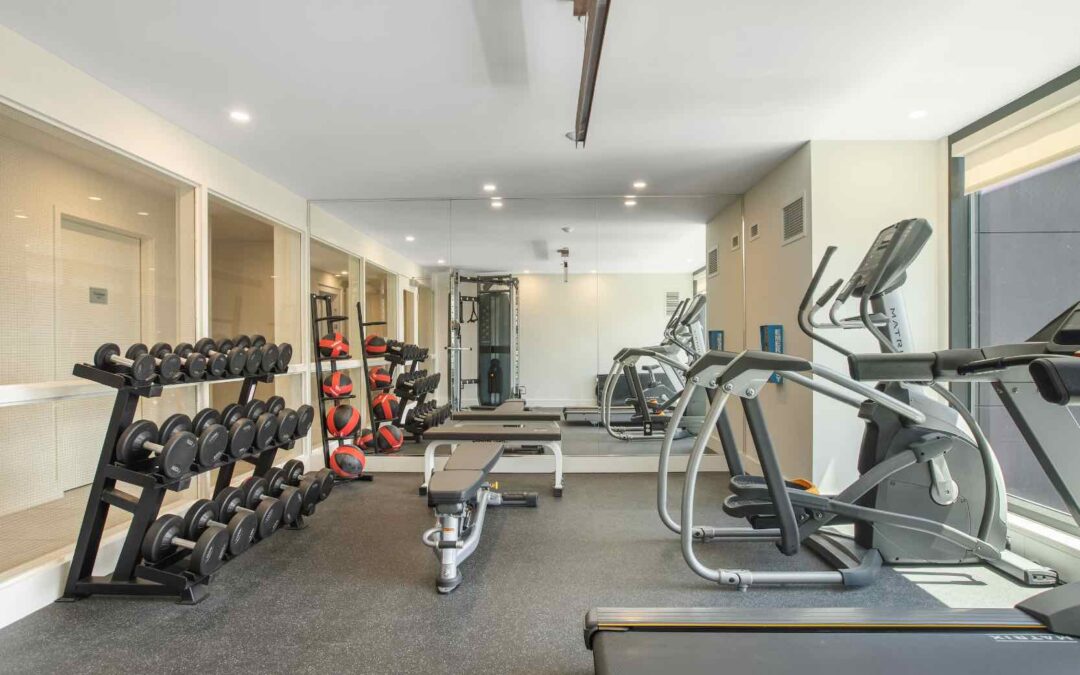The allure of building a home gym is undeniably tempting, especially in an era where fitness and convenience intertwine. However, high-quality gym equipment can often come with a hefty price tag. This brings us to the question: is buying used fitness equipment a savvy choice for your home gym? Let’s delve into this matter, weighing the pros and cons while offering fresh perspectives.
Benefits of Buying Used Fitness Equipment for Home Gyms:
- Economical Choice:
Buying brand-new fitness equipment can take a toll on your wallet. Choosing used items, on the other hand, can save you anywhere from 30% to 70% off the original price. This means you can either buy more equipment for the same budget or save that money for other fitness-related expenses. - Environmental Considerations:
Opting for used fitness equipment reduces demand for new production, which, in turn, can reduce environmental waste. By giving gym equipment a second life, you’re not only saving money but also playing a part in eco-friendly consumerism. - Depreciation Value:
Just like cars, gym equipment depreciates rapidly in its initial years. Buying used can allow you to bypass this period of steep depreciation, ensuring that if you ever resell the equipment, you can recoup a greater portion of your investment. - Quality Brands Within Reach:
High-end, commercial-grade equipment becomes affordable when you consider the used market. Brands renowned for durability and performance, which might be out of budget when new, suddenly become attainable.
Challenges and Precautions:
- Wear and Tear:
While some used equipment can be in pristine condition, others might show signs of wear. It’s crucial to inspect items in person, testing functionality and looking for any damages that might compromise safety or performance. - Hygiene Concerns:
Fitness equipment, especially those with upholstery, can harbor germs and bacteria. Ensure that any used equipment is thoroughly cleaned and disinfected before use. - Warranty Worries:
Used equipment might not come with a warranty, or if it does, it might be limited. It’s essential to clarify this aspect before purchase. Some reputable used equipment dealers might offer short-term warranties or guarantees. - Outdated Models:
With the fitness industry rapidly evolving, there’s a chance that used equipment might be from older, outdated lines. While this isn’t inherently problematic, newer models might offer enhanced features or better ergonomic designs.
Expert Tips for a Smooth Purchase:
- Research: Familiarize yourself with market prices to ensure you’re getting a good deal.
- Ask for History: Understand the equipment’s usage history, previous repairs, and maintenance routines.
- Think Long-Term: Prioritize timeless, essential equipment pieces over trendy ones that might lose relevance.
Conclusion:
Purchasing used fitness equipment for your home gym is an eco-friendly, budget-conscious decision that can be incredibly rewarding if done right. By being thorough in your inspection, understanding what you’re getting into, and keeping in mind your fitness goals, you can curate a home gym that rivals any professional establishment without breaking the bank. Remember, it’s not about how new your tools are, but how you use them to forge your fitness journey.

